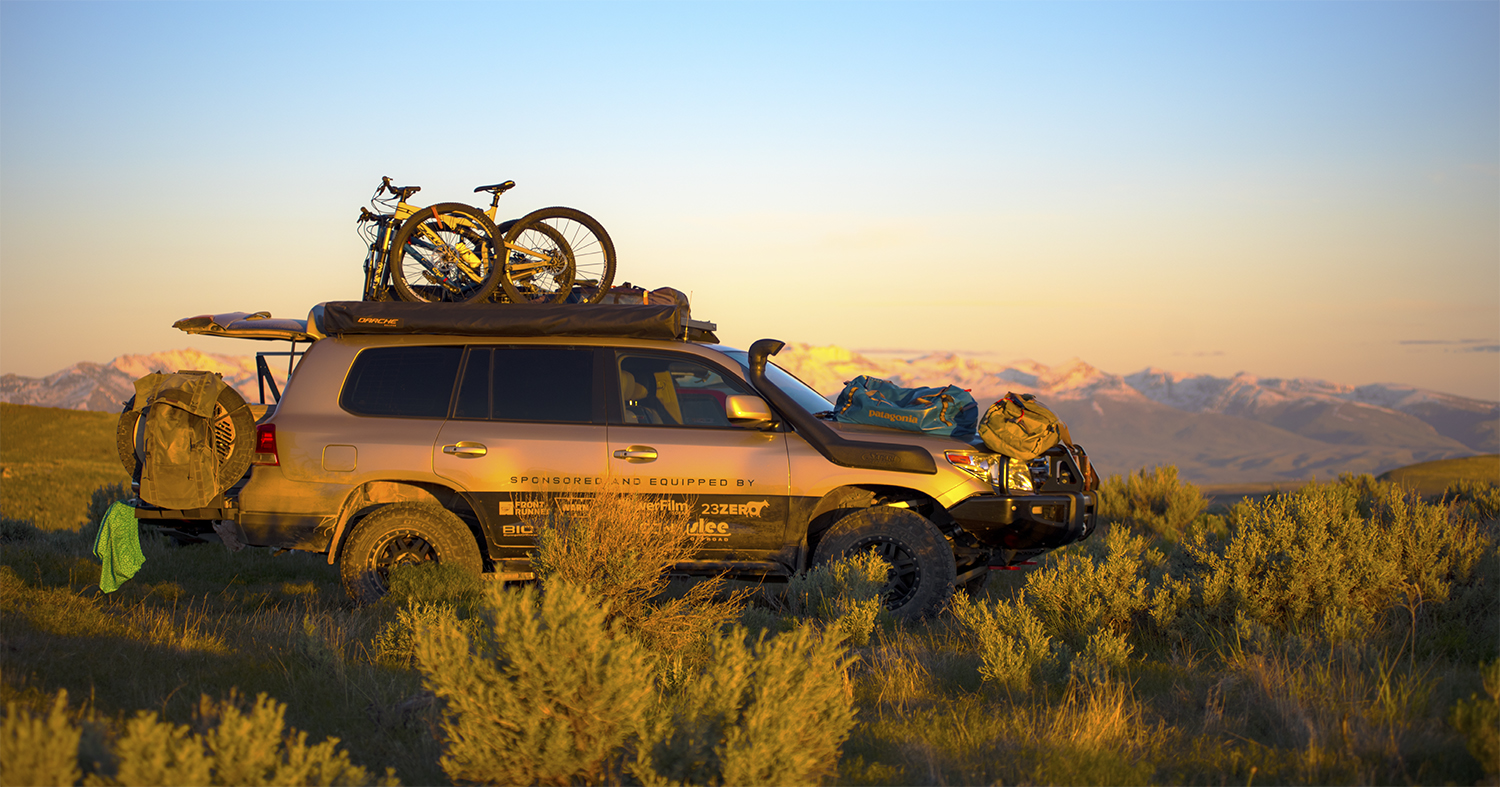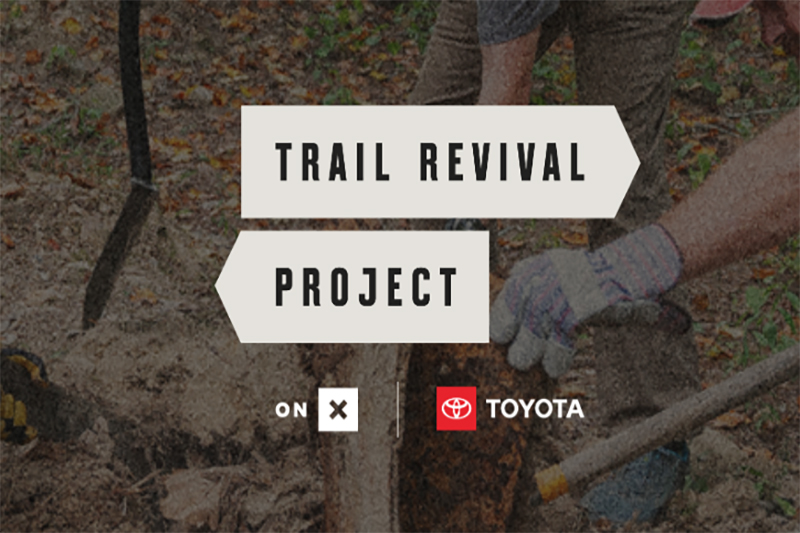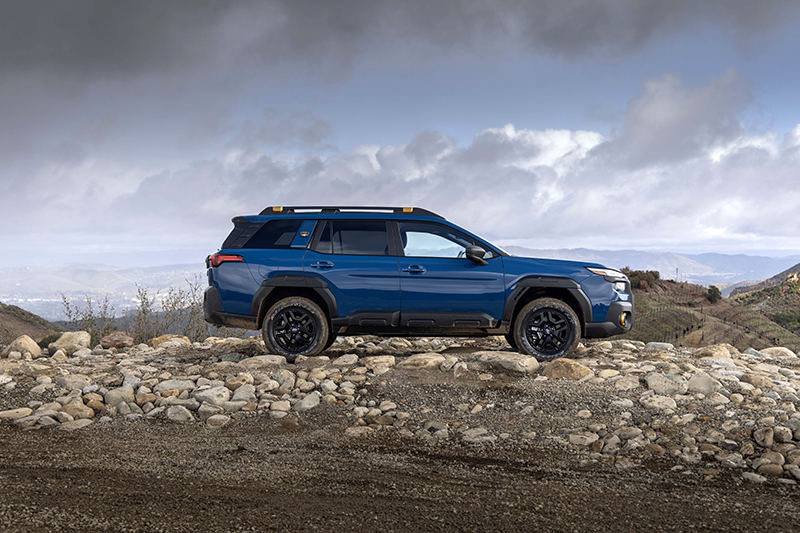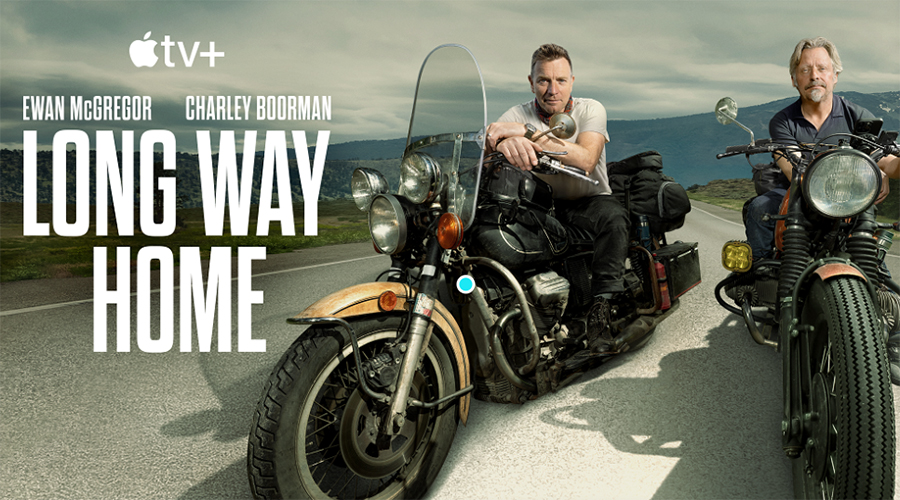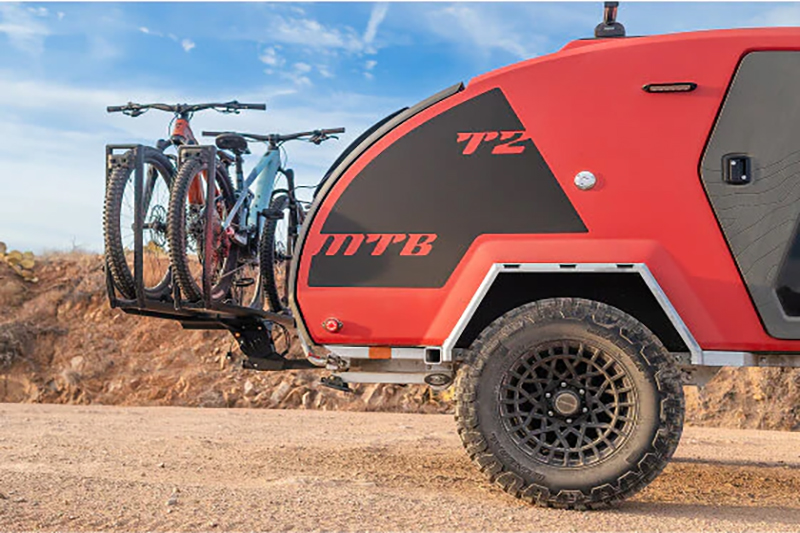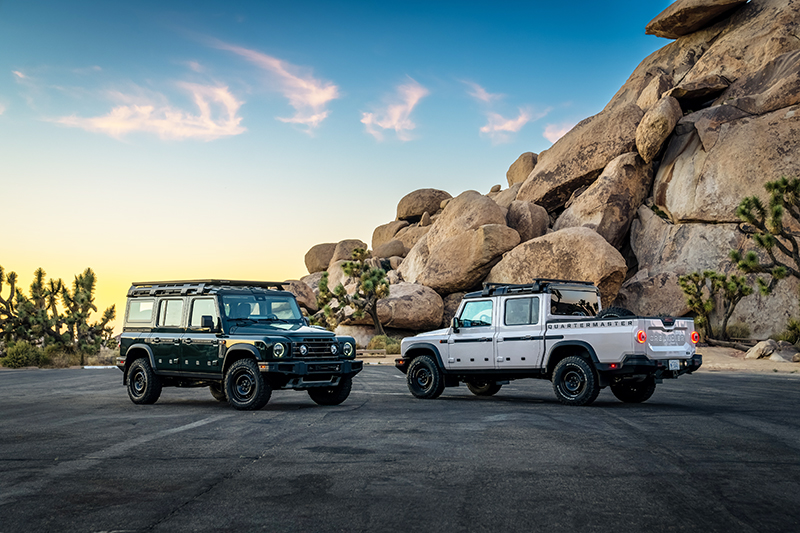What is overlanding and how is it different than vehicle-based adventure?
There seems to be a lot of confusion these days with what constitutes “overlanding” and what distinguishes it from the far larger market segment of vehicle-based adventure travel.
Nearly five years ago, I had the pleasure of joining Kristin Carpenter of Verde Brand Communications (one of the premier outdoors brand relations companies) on a podcast entitled the Channel Mastery Series. The focus of the conversation was primarily overlanding and how it crosses over into the broad outdoors market, and I prefaced the conversation by first explaining what overlanding is and how it differs from vehicle-based adventure. For those who don’t quite understand the difference, here it is: Overlanding is much like backpacking, where the traveler is wholly self-sufficient and capable of overcoming reasonable challenges that may arise while responsibly exploring remote backcountry areas. A variety of vehicles can be used for this purpose, including two-wheeled and four-wheeled platforms, and this form of travel is typically just as much about the journey as it is the destination.
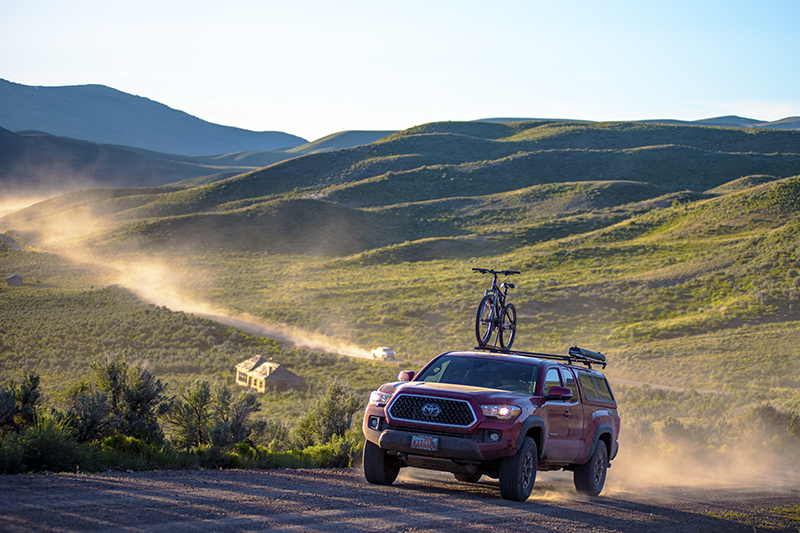
Loaded up for a vehicle-based adventure – by Michael Holland
Vehicle-based adventure travel, on the other hand, involves an experience in which the vehicle is not the primary focus but rather just a tool, used perhaps for off-pavement exploration or as a means to access remote areas or easily accessible trailheads for recreation such as hiking, mountain biking, paddling, fishing, and virtually any other outdoors pursuit. As such, vehicle-based adventure encompasses a far broader scope of the outdoors experience, given most anyone who ventures out to do a hike or other outdoors activity utilizes some type of vehicle to get to where they’re exploring. But the vehicle isn’t necessarily the focus. It certainly can be, and vehicles built for overland-style travel are exceptional for vehicle-based adventure. However, overlanding is merely one small part of the much broader vehicle-based adventure experience.
Why is this important? Well, for starters the term “overland” has become a trendy term many people improperly use to describe their adventures. Overland travel is NOT car camping. It’s not loading up the family vehicle and going for a day hike to the local state park. It’s not what many Instagram and Facebook pages present themselves to be by using “overland” in their name. Overlanding is quite specific and OutdoorX4 Magazine has featured numerous overland-style adventures via our editorial content over the years. However, OutdoorX4 has been more focused on vehicle-based adventure, a term that captures far more of the types of adventures many 4×4, adventure motorcycle, and outdoors enthusiasts can relate to, and the essence of why we explore and recreate outdoors. It’s a form of responsible recreation that’s not just about the vehicle. It’s more about being outside and exploring, whether it’s for one day, a weekend, or longer. This is important to understand given how much attention “overlanding” has gotten these past few years and how broadly defined the term has become.
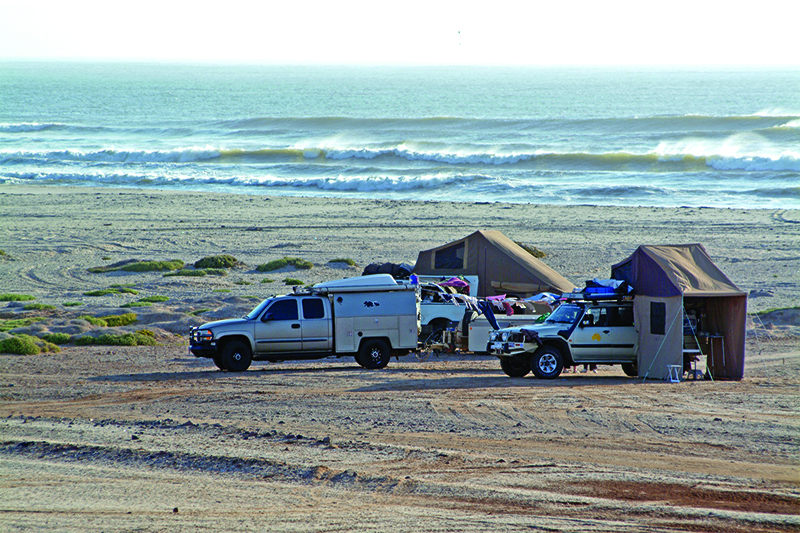
A self-sufficient overland journey. Shown here is a bush camp on the Skeleton Coast featured in Issue 5 of OutdoorX4 Magazine – by Ron Moon
Regardless of this, both overland travel and vehicle-based adventure maintain a critical role in how we interact with the physical world and in doing so in a responsible way, where Tread Lightly! and Staying the Trail principles are important for maintaining, and expanding, access to the areas we enjoy recreating. Outdoors recreationalists are most likely vehicle-based adventurers in some capacity and by working together to bridge the gap that has historically divided these two communities, my hope is we can become unified in our enjoyment for exploring the natural world.
Still confused about what overlanding is? Click HERE to read more about overlanding and if you have thoughts on this subject, send me a note by email at editor at outdoorx4 dot com.
OutdoorX4 Magazine – Promoting responsible vehicle-based adventure travel and outdoors adventure


